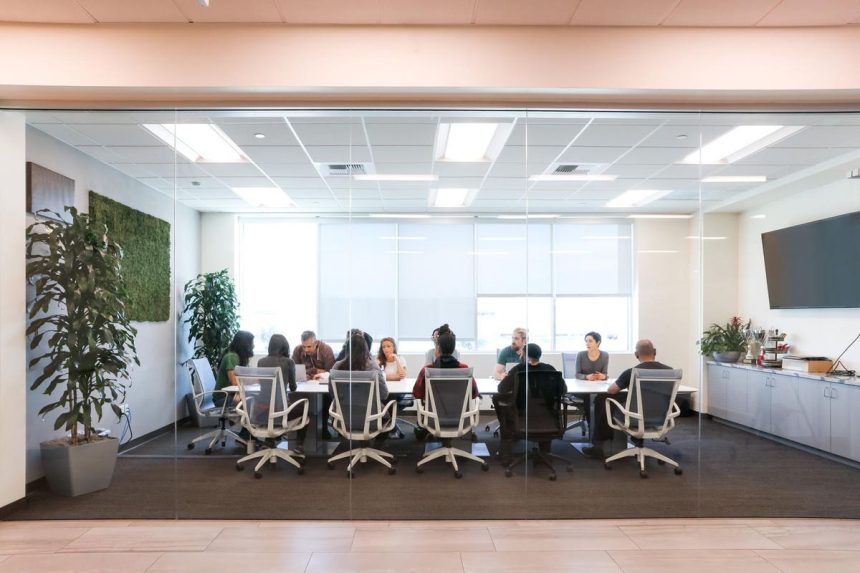Founder and CEO of Insightly and a lifelong techie with a passion for all things startup.
Customer advisory boards (CABs) have long been a cornerstone of effective business strategies, serving as a conduit for understanding customers’ wants and needs and a channel for feedback on new and existing products. But the way in which CABs are initially set up can make or break their success. Factors such as the customers you choose to recruit, what you ask of them and the way you execute the meetings all play a pivotal role.
When done well, CABs provide a wealth of insights to inform your business strategy, foster strong customer relationships and drive business growth. Despite their many benefits, CABs can be a challenging feat at the outset. Let’s take a look at a few key parameters that will help you to build a successful CAB and, on the flip side, some tactics to avoid:
DO:
1. Make it a cross-functional effort.
Your customer experience doesn’t live in a silo, and neither should your CAB. You need to incorporate the voices of executives, customer-facing teams and even internal product and research teams to ensure you get the full potential from your CAB. Before embarking on this project, make sure that, from the top down, your team will be receptive to receiving feedback in this manner and that you’re aligned on goals and questions that need to be answered.
For example, we knew we wanted to create relationships with top customers for growth and retention, get feedback on our product and roadmap and better understand the pain points of our best customers. As CEO, I was the main presenter during the CAB, so it was clear we were taking this initiative seriously and that action would be taken based on the input.
2. Solicit constructive feedback.
This starts even prior to the CAB event itself. I recommend doing a pre-survey of your CAB members a few weeks ahead of the event. You can use this survey to find out what’s working well for each customer and what areas need attention. This will help you find any trends in feedback and can help guide the agenda.
On the day of the event, a focus on creating an environment where customers feel comfortable providing open and honest feedback is paramount to the success of your CAB. Members may initially feel apprehensive about sharing candid thoughts, which is why it’s crucial to communicate the significance of open dialogue and establish guidelines on how to contribute ideas and constructive criticism.
As part of this approach, communicate that all feedback—positive and negative—will be used to help generate potential solutions. You can facilitate this process by posing open-ended questions such as, “What measures could we implement to alleviate this problem?” This approach serves two purposes: It validates your customers’ concerns, thereby encouraging them to share additional feedback openly, and it actively engages them in problem solving. The goal is not just to listen but to actively foster an atmosphere that is conducive to honest feedback and collaboration.
3. Plan for short attention spans.
Let’s face it, people get distracted easily, and a lack of attention span equates to boredom. Expect the same when it comes to your CAB. You need to switch things up, take breaks and be able to pivot quickly when you sense a lack of attention. This is why incorporating an activity to accompany a portion of the event is something you should consider. Do something fun, such as a wine tasting or charcuterie class, to help drive interest and attention. The social aspect of a CAB is important; letting your members interact freely will make them more inclined to open up. And don’t forget to take breaks!
Don’t:
1. Hijack the conversation.
Let your customers talk. This may sound obvious, but it is worth saying because it can impact the success of your CAB. Do not spend the whole time talking, and ensure this is communicated clearly to all of your employees who will be in attendance. A CAB meeting is an opportunity to understand the challenges and goals of each customer and how your company can address them. Find ways to engage with customers and facilitate conversations with meaningful input and questions. You can even assign a few customers with speaking roles and work with them ahead of time.
When you do spend time presenting, keep it brief. I like to provide a preview of upcoming releases and a glimpse into our product release roadmap so CAB members feel “in the know.” This information should be quick and not dominate the agenda.
2. Assume in-person meetings are pivotal for success.
While it is always nice to be face to face with your customers, cost and scheduling conflicts can make that challenging, which is why we host our CAB meetings virtually. Our initial estimates of the direct costs for an in-person CAB for 10 customers and eight staff members approached $100k. This time around, we chose to do our CAB meeting virtually. We added a remote-friendly wine and charcuterie tasting to make it personal, fun and engaging. Our virtual CAB, which included shipping the refreshments and some nice thank-you gifts, came in under $4k.
As a result of the pandemic, technology is better suited to handle both large and small virtual events. Your customers are also much more likely to be available for a few hours than they are for a few days, which will increase your attendance and ROI.
While there are many things companies need to think about when it comes to creating a CAB, setting goals and benchmarks from the onset will help you measure success and commit to action. Remember to do more listening than talking and that meeting in person isn’t always critical. Keeping these things in mind will set you up for a successful—and productive—CAB.
Forbes Business Council is the foremost growth and networking organization for business owners and leaders. Do I qualify?
Read the full article here









